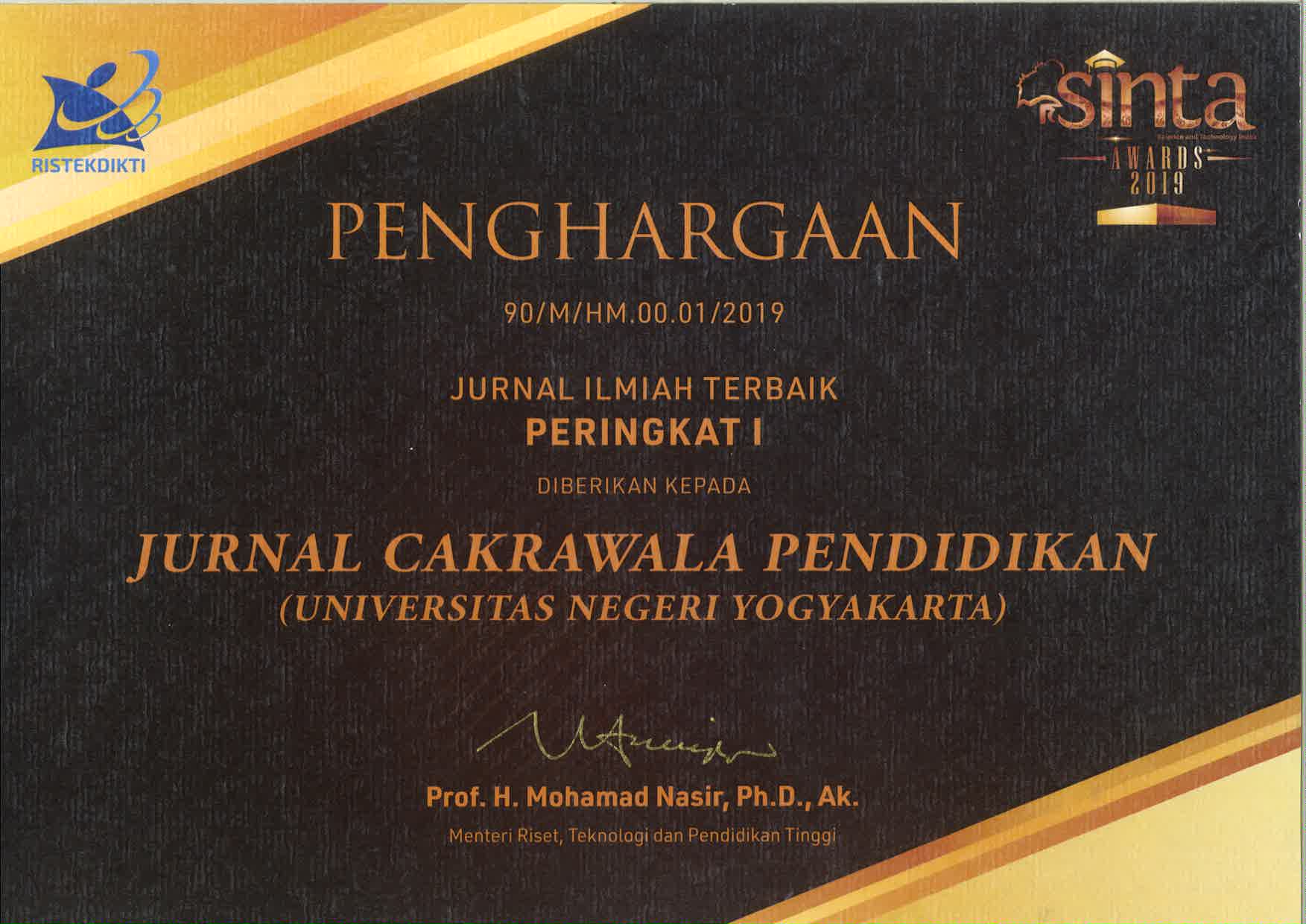Interdisciplinary ESP course design for tertiary engineering students using professionally oriented situations
Downloads
This research article presents results of an educational experiment based on applying an English for Specific Purposes (ESP) course tailored for university engineering majors using professionally oriented situational tasks. The distinguishing feature of the course is its interdisciplinary nature. It is not limited to one particular field of engineering but comprises various engineering topics suitable for different technical specialties. The study aimed at identifying the commonly encountered workplace situations in which engineers from various subindustries need to apply English, modelling situational tasks integrated in a multi-disciplinary engineering ESP course, and testing the pedagogical effectiveness of the designed model. The experiment was carried out at one of the best technical universities in Kazakhstan, Satbayev University. It encompassed 60 first-year bachelor students majoring in different engineering specialties, including 30 students from an experiential group. A mixed-methods approach based on both qualitative and quantitative methods was exploited that comprised review and investigation of literature, needs analysis questionnaire among alumni of technical universities, evaluation and adaptation of existing ESP coursebooks, didactic modelling, pedagogical experiment, and comparative analysis and mathematical statistics. The findings show superior efficiency of the suggested interdisciplinary Engineering ESP course over a traditional Professional English course.
Downloads
Abdallah, M. (2015). Situated language learning: Concept, significance and forms. ERIC Online Submission, ED556704. https://files.eric.ed.gov/fulltext/ED556704.pdf
Aliakbari, M. & Boghayeri, M. (2014). A needs analysis approach to ESP design in Iranian Context. Procedia - Social and Behavioral Sciences, 98, 175-181. https://doi.org/10.1016/j.sbspro.2014.03.404
Basturkmen, H. (2006). Ideas and options in English for specific purposes. Routledge. https://doi.org/10.4324/9781410617040
Bobkina, J., Romero, E., & Gómez-Ortiz M. J. (2023). Kinesic communication in traditional and digital contexts: An exploratory study of ESP undergraduate students. System, 115. https://doi.org/10.1016/j.system.2023.103034
Blyth, C. (2018). Immersive technologies and language learning. Foreign Language Annals, 51(1), 225-232. https://doi.org/10.1111/flan.12327
Brown, J. D. (2009). Foreign and second language needs analysis. In M. H. Long & C. J. Doughty (Eds.), The handbook of language teaching (pp. 269-293). Wiley-Blackwell. https://doi.org/10.1002/9781444315783.ch16
Chostelidou, D. (2010). A needs analysis approach to ESP syllabus design in Greek tertiary education: A descriptive account of students’ needs. Procedia - Social and Behavioral Sciences, 2(2), 4507-4512. https://doi.org/10.1016/j.sbspro.2010.03.721
Csizér, K., & Kontra, E. (2011). Language learning aims, beliefs and the English language: An exploratory factor analysis among university learners of ESP. Alkalmazott Nyelvtudomány, 11(1-2), 19-38
Dlaska, A. (1999). Suggestions for a subject-specific approach in teaching foreign languages to engineering and science students. System, 27, 401-417. https://doi.org/10.1016/S0346-251X(99)00034-2
Dou, A., Chan, S. & Win, M. (2023). Changing visions in ESP development and teaching: Past, present, and future vistas. Frontiers in Psychology, 14. https://doi.org/10.3389/fpsyg.2023.1140659
Dudley-Evans, T. & ST John M. J. (1998). Developments in English for specific purposes. Cambridge University Press
Ellis, R. (2009). Task-based language teaching: Sorting out the misunderstandings. International Journal of Applied Linguistics, 19(3), 221-246. https://doi.org/10.1111/j.1473-4192.2009.00231.x
Hassan, A., Alawawda, M., Alzahrani, F., & Naz, N. (2023). Developing an ESP-based language learning environment to help students improve critical thinking skills in written output. Information Sciences Letters, 12(4), 1131-1140. 10.18576/isl/120431
Hutchinson, T. & Waters, A. (1987). English for Specific Purposes: A learning-centered approach. Cambridge University Press
Kovačević, D. (2023). Design of ESP course for groups of students from different departments within humanities and social sciences. Journal of Teaching English for Specific and Academic Purposes, 11(1), 281-291. 10.22190/JTESAP230214020K
Kunanbayeva, S. (2010). Theory and practice of modern foreign language education. Edelweiss
Long, M. H. (1996). The role of the linguistic environment in second language acquisition. In W. C. Richie & T. K. Bhatia (Eds.), Handbook of second language acquisition (pp. 413–468). Academic Press
Munby, J. (1978). Communicative syllabus design. Cambridge University Press
Nurmetov, D., Siswantoyo, S., Bakić-Mirić, N., & Chaklikova, A. (2023). Identifying student needs in English for information technology at the post-secondary level. Cakrawala Pendidikan: Jurnal Ilmiah Pendidikan, 42(1), 198-207. https://doi.org/10.21831/cp.v42i1.52373
Richards, J. C. (2001). Curriculum development in language teaching. Cambridge University Press. https://doi.org/10.1017/CBO9780511667220
Strevens, P. (1977). Special-purpose language learning: A perspective. Language Teaching & Linguistics: Abstracts, 10(3), 145-163. 10.1017/S0261444800003402
Tawil, H. (2018). Task-based and situated language learning and its impact on language teaching. International Journal of Language & Linguistics, 5. 10.30845/ijll.v5n4p26
West, R. (1997). Needs analysis: State of the art. In R. Howard & G. Brown (Eds.), Teacher education for languages for specific purposes (pp. 68-97). Multilingual Matters
Widdowson, H. (1995). EIL, ESL, EFL: Global issues and local interests. World Englishes, 16(1), 135-146. https://doi.org/10.1111/1467-971X.00054
Copyright (c) 2025 Aizhan Bitimbayevna Kalkayeva, Aleftina Anatolyevna Golovchun, Aydan Irgatoglu, Anar Orymbayevna Turlybekova, Yulia Ferens

This work is licensed under a Creative Commons Attribution-ShareAlike 4.0 International License.
Jurnal Cakrawala Pendidikan, Jurnal Ilmiah Pendidikan, with ISSN: 0216-1370, is published by the Institute of Education Development and Quality Assurance (LPPMP UNY). Cakrawala Pendidikan has been recently has been re-accredited by Indonesian Ministry of Education and Culture decision Number 230/E/KPT/2022 which is valid for five years since enacted on 30 December 2022.




























